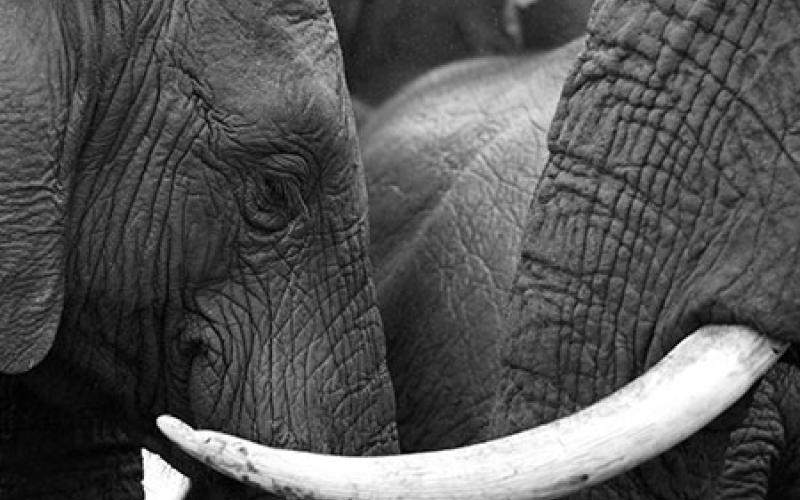Carbon aging reveals insights into elephants’ deaths

Carbon aging reveals insights into elephants’ deaths
The stories about the poaching of African elephants are deeply imbedded in the carbon isotope tracers that make up the prized tusks. A group of scientists used these tracers to uncover the realities of poaching activities threatening Africa’s elephants today.
Thure E. Cerling, et al. (2016). “Radiocarbon dating of seized ivory confirms rapid decline in African elephant populations and provides insight into illegal trade.” Proceedings of the National Academy of Sciences. 113 (47), 13330-13335. DOI: 10.1073/pnas.1614938113 .
The international ivory trade has been banned since 1989, but illegal poaching continues to decimate the African elephant population. While poached tusks are sold through underground markets, some of the black-market ivory has been seized by police, providing a glimpse into the illegal trade. The origins of these seized tusks, however, remain a mystery. Where do they come from? When were the elephants killed?
A group of scientists came together to answer these questions. In an article published in the Proceedings of the National Academy of Sciences (PNAS), Thure E. Cerling, a professor of geology and geophysics at the University of Utah, and colleagues applied carbon dating techniques to uncover the stories behind a collection of 231 seized ivory specimens.
Carbon dating makes use of the “bomb C-14 curve.” Carbon-14 – a specific type of carbon isotope distinct from the more abundant Carbon-12 – is created in the atmosphere by both natural cosmic radiation as well as nuclear weapons testing. Because of frequent nuclear testing in the 1960s, the ratio of Carbon-14 to Carbon-12 in the atmosphere was artificially elevated. The subsequent decline in testing has caused the C-14 level to gradually fall back down.
The temporary change of C-14 levels in the atmosphere leaves a permanent imprint in the bodies of plants and animals as they consume carbon. In this study, the researchers established a direct correlation curve between C-14 levels and the ages of the seized tusks. The researchers sampled the pulp cavity of the tusks, where new ivory was forming, to mark the date of the elephant’s death. Biases were corrected for, including the time delay during plant uptake of atmospheric carbon as well as that during elephants’ consumption of these plants. Overall, these corrections help to increase the accuracy of the dates.
Using this method, Cerling and colleagues discovered that the dates of the elephants’ deaths are almost all relatively recent. Most tusks found between 2002 to 2010 were taken from poached elephants only seven to 13 months before the police seized them. This result dispels earlier suspicion that some of the black market tusks come from old government stockpiles. This is clearly not the case – only one out of the 231 ivory specimens was taken from an elephant more than six years ago. No seized ivory was legally obtained prior to the 1989 international trade ban.
The results offer a stark reminder of the continued poaching of African elephants and the urgency to rethink trade policies that better protect the endangered animals. They also show the potential value of using the C-14 technique in the study other illegal animal goods.




